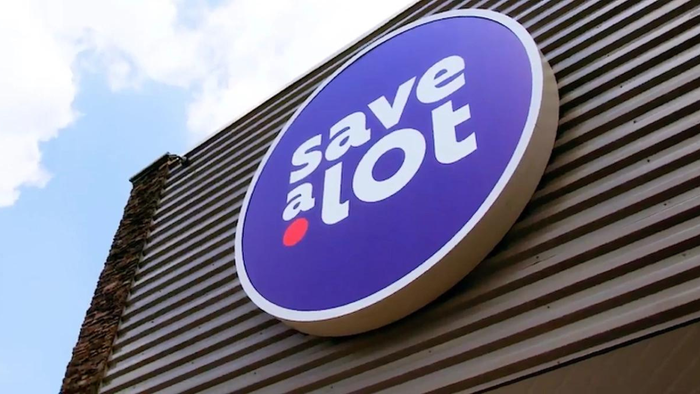Seeking remedies
January 1, 2018
Pharmacies—including those in supermarkets, mass merchants and traditional drug stores—are situated on average within about five miles of all Americans. This proximity places pharmacies in a unique position in patient care and as a major stakeholder in health care reform legislation.
Throughout the health care reform debate, NACDS has been working proactively with allied organizations such as the National Community Pharmacists Association (NCPA) and the Food Marketing Institute (FMI) to ensure that the value of the pharmacy is understood, and that this understanding translates into pro-patient and pro-pharmacy policies. However, challenges remain.
The Deficit Reduction Act (DRA) of 2005 created the Average Manufacturer Price (AMP) reimbursement system for the dispensing of cost-effective generic medications in Medicaid. AMP is used as a basis to pay pharmacies for the prescriptions they provide to the less fortunate.
AMP threatens to significantly reduce pharmacy reimbursements by up to one-third, forcing many pharmacies to make a difficult choice—either to opt out of providing cost-effective generic medications to Medicaid recipients or to provide many prescriptions at a loss. DRA has the potential of forcing 20% of pharmacies to close.
While the cuts currently are blocked by a preliminary injunction secured by a lawsuit filed by NACDS and NCPA, we know that the only long-term solution is a legislative remedy to the current flawed reimbursement model. The health care reform legislation presents one opportunity for this remedy.
Along the same lines, the U.S. District Court decision on the First DataBank/Medi-Span settlements on the pharmacy reimbursement benchmark called the Average Wholesale Price (AWP) also has a huge impact on pharmacy. The court approved First DataBank’s proposal to reduce AWP values for prescription medications from 125% of Wholesale Acquisition Cost (WAC) to 120% of WAC on Sept. 26.
These comprehensive AWP rollbacks will reduce Medicaid reimbursement by about 4% to pharmacies and by an astonishing $550 million a year—potentially forcing pharmacies to close down, making it that much harder for patients to access pharmacy-based health care. NACDS is working with allied associations at the federal and state level to confront this situation.
Another challenge for pharmacies outside of the reimbursement realm is federal regulations by the Centers for Medicare & Medicaid Services (CMS) on the suppliers of durable medical equipment, including diabetes testing supplies and Medicare Part B medications.
CMS is mandating that community pharmacies achieve federal accreditation and purchase a $50,000 surety bond (per location) to sell DME supplies and medications.
According to CMS’ own estimates, these unnecessary and onerous regulations could force over 25,000 DME supplies, most of them pharmacies, out of the DME business. These regulations ultimately could have the effect of reducing access to glucose monitoring supplies, insulin and other essential medications.
Though the challenges are many, there also are ample opportunities for pharmacies to provide innovative services that improve health while reducing costs.
According to the New England Healthcare Institute, the overall cost of poor medication adherence, measured in otherwise avoidable medical spending (i.e. emergency room visits and hospitalizations), is as much as $290 billion per year, or 13% of total health care expenditures.
One practice quickly gaining traction in America’s pharmacies is pharmacist-provided medication therapy management, or MTM. MTM, codified in federal law, encourages pharmacists to sit down with individual patients to discuss their health, their medications, and potential challenges to proper medication adherence. However, a major roadblock to expanded MTM services is the lack of clarity from the federal government, state governments, and private payers on the coverage available, eligible recipients and reimbursement rates for the pharmacist-provided services.
All of these issues demonstrate that pharmacies of every segment have to work together proactively to ensure that our industry, our patients and our future viability are advanced in health care reform legislation. From work with elected officials to litigation plans and strategies, pharmacies—in supermarkets, mass merchants and traditional drugstores—need to stay united for a better tomorrow.
As the face of neighborhood health care, our patients are counting on us.
Steven C. Anderson is president and CEO of the National Association of Chain Drug Stores.
About the Author
You May Also Like




